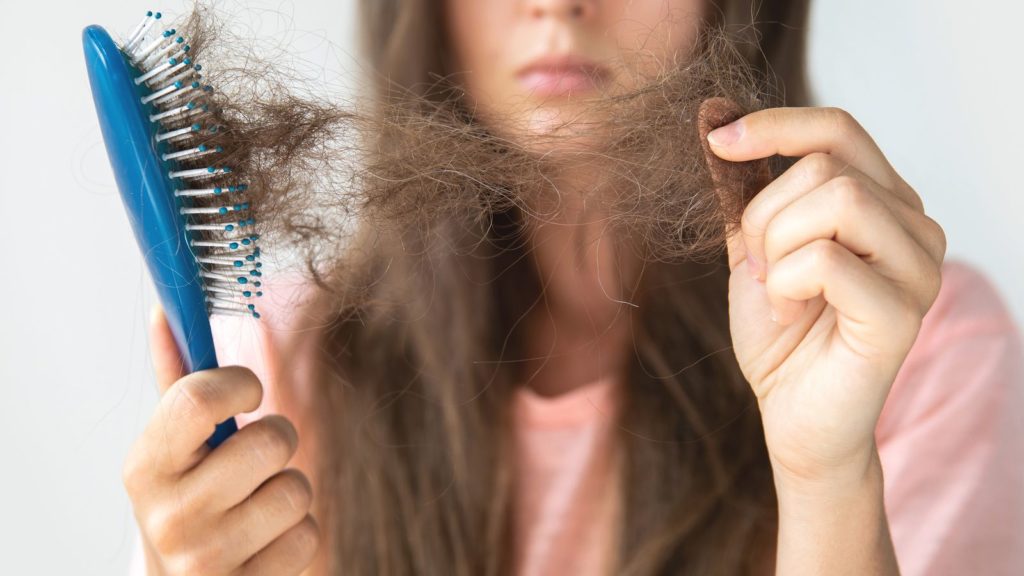Scientific breakthrough could help develop new hair loss treatments | Science & Tech News

New hair loss treatments could be developed thanks to a scientific breakthrough in Japan, researchers say.
The team, spanning a number of universities in the country, has been studying the process of hair follicle growth, hoping their work might contribute to the making of regenerative medicines.
A study published in the journal Science Advances reveals they have successfully generated follicles, which are essentially the anchors keeping hair on your scalp and elsewhere.
The follicles have been generated “in cultures”, the scientific jargon for under controlled conditions rather than in a natural environment, but now the researchers hope to replicate the breakthrough with human cells.
It could open up new research avenues for the development of fresh treatment strategies for hair loss disorders, including alopecia, which affects both women and men.
The team hopes their work will also contribute to the understanding of how and why some people suffer hair loss.
“Our next step is to use cells from human origin, and apply for drug development and regenerative medicine,” explained Junji Fukuda, a professor with the faculty of engineering at Yokohama National University (YNU).
A hair follicle generated under laboratory conditions. Pic: Yokohama National University
How did scientists make the discovery?
Key to the breakthrough is something called organoid cultures – these are tiny, simple versions of an organ which scientists can make for the purposes of laboratory study.
These organoids are designed to re-create the architecture and physiology of human organs, whereas traditionally researchers would rely on animal models.
Tatsuto Kageyama, an assistant professor with the faculty of engineering at YNU, said they were a “promising tool” which helped the team produce such promising results.
Read more science and technology news
Amazon faces £900m lawsuit in UK over use of ‘self-favouring algorithm’
UK watchdog wants your views on Microsoft’s deal for Call Of Duty maker
Spotify users report huge spike in outages as Taylor Swift’s new album drops
The hair follicle organoids were created using a low density of “extracellular matrices” – this is the framework in our body which provides the structure for cells and tissue.
It all helped the team get as close as they could to recreating the process and environment needed for hair growth, while still being in a controlled laboratory setting.
The end result was that hair follicles and hair shafts were grown with almost 100% efficiency, reaching around three millimetres in length after 23 days.
They also then added a drug which stimulates melanocyte – a cell key to producing hair colour. Those results were again very promising, improving the appearance of the lab-made fibres.
Recent Posts
- Booking.com’s DMA approach: A bit more transparency, but not much else
- The Power Shift: How Travelers Are Transforming the Future of Business Travel
- Universal Orlando Resort reveals first pictures of new Harry Potter ride
- Adaptive Leadership in an Era of Experiences
- Wanderland London Releases first-of-its-kind Kids Hospitality Report






Recent Comments